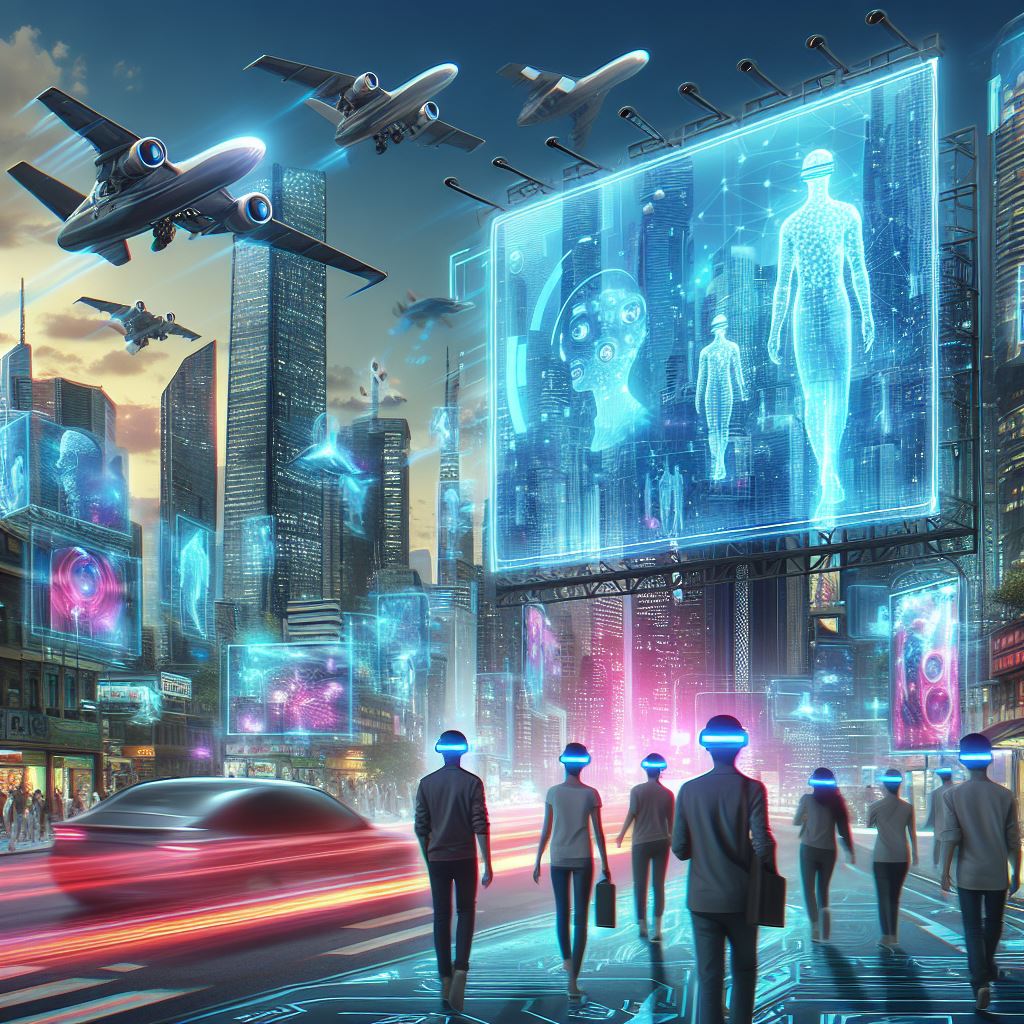The realms of 3D and 4D technology have made profound impacts across various sectors, including entertainment, healthcare, manufacturing, and design. As technology continues to advance, the future of 3D and 4D is set to evolve in ways that will further enhance the depth and interaction of digital experiences. This article explores the emerging trends in 3D and 4D technology, highlighting their potential to transform industries and everyday life.
The 3D and 4D technology Industry size was valued at USD 399.7 billion in 2024 and is estimated to reach USD 866.5 billion by 2029, registering a CAGR of 16.7% during the forecast period.
The growth of the 3D and 4D technology Industry is driven by surge in the trend of 3D and 4D gaming, rising demand for 3D-enabled devices across verticals, and rising demand for 3D and 4D technology in entertainment industry.
- Enhanced Realism with Advanced 3D Modeling
Trend Overview: Advancements in 3D modeling are pushing the boundaries of realism and accuracy. Next-generation 3D modeling tools are incorporating more sophisticated algorithms and higher resolution data to create lifelike representations.
Future Implications:
- Entertainment and Gaming: More immersive gaming experiences and realistic CGI in films will become commonplace, offering players and viewers unprecedented levels of detail and interaction.
- Design and Manufacturing: Enhanced 3D models will improve precision in product design and prototyping, reducing errors and accelerating the development process.
Example: Advances in photorealistic rendering and texture mapping are already being used to create lifelike characters and environments in video games and movies.
- Integration of 3D Printing and Augmented Reality (AR)
Trend Overview: The synergy between 3D printing and AR is set to revolutionize how we interact with digital designs. AR can overlay digital 3D models onto the real world, providing a more intuitive way to visualize and interact with printed objects.
Future Implications:
- Retail and Consumer Products: Shoppers will be able to preview how products look and fit in their space before purchasing, enhancing the shopping experience and reducing returns.
- Education and Training: AR-enhanced 3D models will aid in hands-on learning and training, allowing students and professionals to interact with complex structures and systems in a virtual environment.
Example: Companies are developing AR applications that allow users to visualize 3D-printed items in their own home before making a purchase decision.
Download PDF Brochure @ https://www.marketsandmarkets.com/pdfdownloadNew.asp?id=646

- Expansion of 4D Technology Beyond Entertainment
Trend Overview: 4D technology, which adds the dimension of time to 3D visuals, is expanding beyond traditional entertainment uses. It’s being integrated into various fields to provide dynamic, time-based interactions.
Future Implications:
- Healthcare: 4D imaging will enable real-time monitoring and analysis of physiological processes, such as blood flow and organ movement, improving diagnostic and treatment capabilities.
- Education: Dynamic 4D simulations will enhance learning experiences by adding the element of time to historical events, scientific phenomena, and engineering processes.
Example: 4D ultrasound technology provides real-time, moving images of a fetus, offering expectant parents and medical professionals more detailed insights into prenatal development.
- Growth of Virtual Reality (VR) with 3D Environments
Trend Overview: As VR technology advances, the integration of complex 3D environments is becoming more sophisticated. VR systems are increasingly capable of creating immersive, interactive worlds that respond to user actions in real-time.
Future Implications:
- Healthcare: VR will be used for surgical simulations and therapeutic applications, providing healthcare professionals with realistic training scenarios and patients with immersive rehabilitation exercises.
- Remote Collaboration: Enhanced VR environments will support more effective remote collaboration by allowing teams to work together in virtual spaces as if they were physically present.
Example: VR platforms are developing detailed, interactive simulations for training in complex medical procedures and collaborative virtual workspaces.
- Development of 3D and 4D Sensors for Industrial Applications
Trend Overview: The use of advanced 3D and 4D sensors is growing in industrial applications, offering precise measurements and dynamic analysis of physical environments.
Future Implications:
- Manufacturing and Quality Control: 3D and 4D sensors will improve the accuracy of quality control processes, detecting defects and ensuring products meet design specifications.
- Construction and Infrastructure: These sensors will aid in monitoring structural health and detecting potential issues in real-time, enhancing safety and maintenance practices.
Example: 3D laser scanners are being used in construction to create accurate digital models of buildings, enabling better planning and monitoring of construction progress.
The future of 3D and 4D technology promises transformative changes across multiple sectors, driven by advancements in modeling, integration with AR and VR, and the development of sophisticated sensors. As these technologies continue to evolve, they will offer new opportunities for enhancing realism, interaction, and efficiency in various applications. From more immersive entertainment experiences to revolutionary advancements in healthcare and industry, the impact of 3D and 4D technologies will be profound, shaping the digital landscape of tomorrow.
